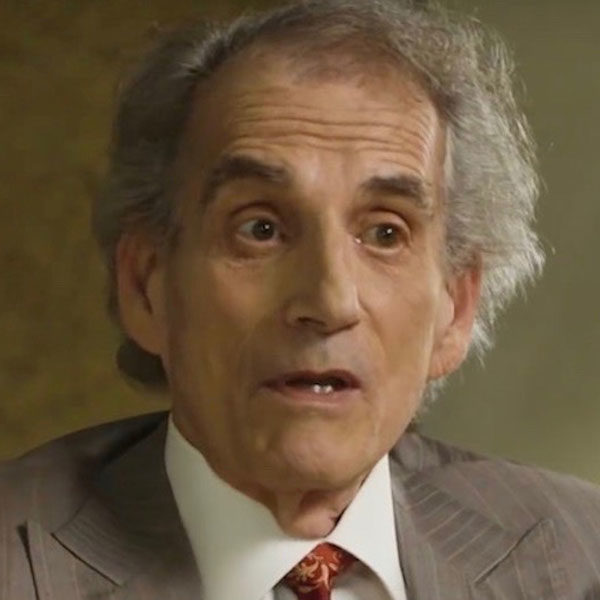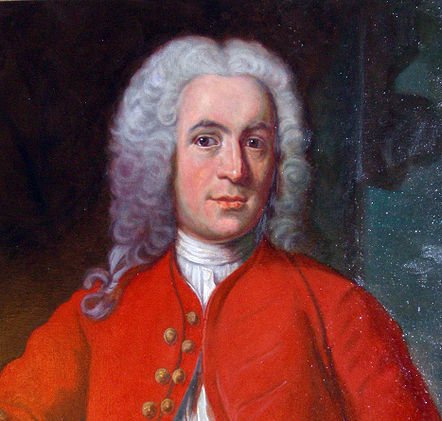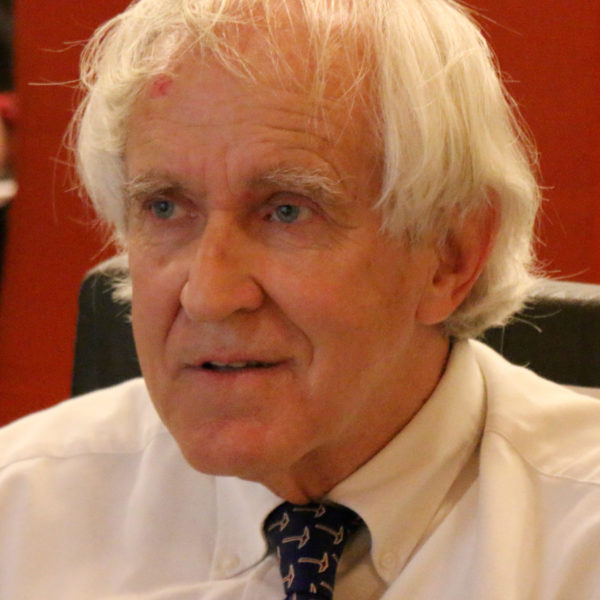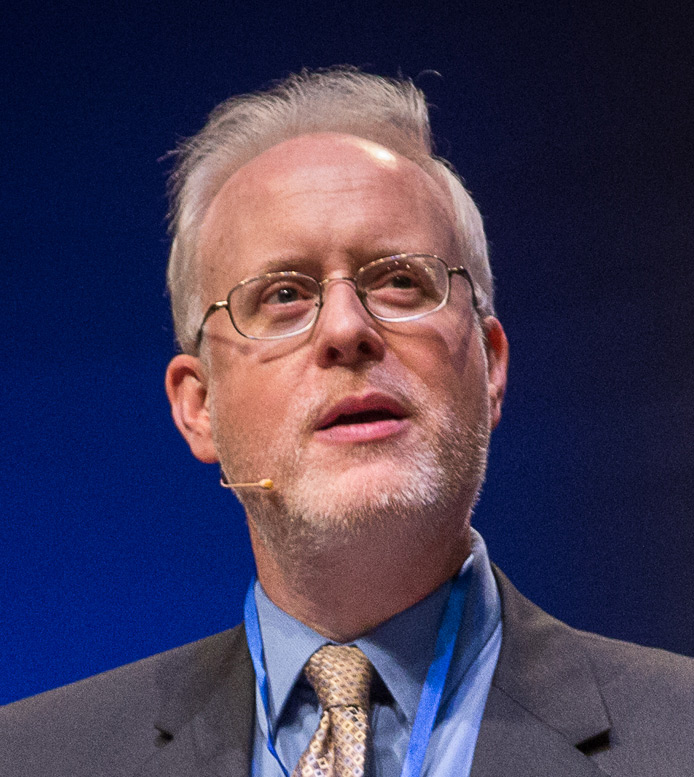The 2025 Ig Nobel Prizes have been announced. This tradition, begun in 1991 by Improbable Research, celebrates “achievements so surprising that they make people LAUGH, then THINK. The prizes are intended to celebrate the unusual, honor the imaginative — and spur people’s interest in science, medicine, and technology.”
Ig Nobel is, of course, a pun — it sounds like “Ignoble.” This year’s winners included a man who watched one of his fingernails grow for 35 years, a study on “the extent to which a certain kind of lizard chooses to eat certain kinds of pizza,” and “experiments to learn whether cows painted with zebra-like striping can avoid being bitten by flies” (see the photo at the top). Nature has a report, and you can watch the full ceremony on the Ig Nobel YouTube channel.
Winners of the Ig Nobels (often called Igs) used to be incensed that their research was being laughed at. Now, most of them take it in stride, dressing up in costumes at the awards and laughing along with the crowd. Previous winners included a team that invented a brassiere that could be quickly converted into two face masks (or two beanies with chinstraps, perhaps), a pair who determined that cows with names give more milk, and researchers who tested the hypothesis that men evolved beards to protect themselves from punches to the face. (Wikipedia has the full list of winners.)
Darwinians generally escape this notoriety, but when you think about it, what’s more deserving of Igs than evolutionary just-so stories? What is more unusual, imaginative, and downright funny? Here are just a few I have encountered in my years of reporting, published in all seriousness by mainstream science news websites and scientific journals:
- How the horned lizard got its horns (Science)
- How the pangolin got its scales – a genetic just-so story (PLOS Blogs)
- How the leopard got its spots (BBC News)
- How the seahorse got its shape (Phys.org)
- How the jellyfish got its sting (Nature News)
- How the turtle’s shell developed (BBC News)
- How the butterfly got its pupa (Free University of Berlin)
- How the fish got its shoulder (Imperial College)
- How birds got their wings (University of Tokyo)
- How animal paw pads got their toughness (Nature)
- How Earth’s oddest mammal got to be so bizarre (University of Copenhagen)
- How the pufferfish got its wacky spines (Science Daily)
Some science educators have even invented fictional just-so stories with which to indoctrinate children into Darwinian concepts. Dr. Deborah Kellerman at the Evolving Minds Project has published children’s books in Kipling just-so story form about imaginary animals that evolved distinctive traits: “How the Piloses Evolved Skinny Noses” and “How the Dormacks Evolved Longer Backs.” The project website boasts that these books are
Field-tested. Teacher-approved. Standards-aligned. High quality storybook-based curriculum on biological evolution for elementary school teachers…and it’s FREE!
Like other Darwinians, Kellerman is proud of the long tradition of Darwinian storytelling. The Ig Nobel judges would have a field day looking at the best just-so stories of the year. Since evolutionists embrace the Kipling genre, should they not be honored for their talent? Think of the rip-roaring laughter that would result at the next awards ceremony. Here are some nominations for Igs from recent news with the headlines rewritten in Kipling form:
- How the supernova pushed humans to evolve (The Conversation)
- How jaws drove fish evolution (University of Michigan)
- How a tiny DNA switch made us human (UCSD via Science Daily)
- How a super-alcohol led to cosmic life (University of Mississippi)
- How the vole developed its own teeth (PNAS)
- How a lizard rewrote evolution (The Conversation)
- How protocells emerged on Titan (NASA Astrobiology)
Adding to the Fun
I also recommend moving the Ig Nobels to Darwin Day, February 12. That way, the audience can enjoy Darwin Party games outside before the indoor prizes are awarded. Here are some games I suggest:
- Pin the feather on the dinosaur
- Malthus food fight with pies
- Blind watchmaker’s bluff
- Red queen race on treadmills
- Darwin green-beard contest (lady judges to test sexual selection)
- King of the fitness peak in a jump house
- Whack-a-Mole with Darwin skeptics figures
- Just-so storyteller’s contest: win a Whopper
- Hopeful monster piñata
- Glue peppered moths on a tree blindfolded
Benefits of Humor
Laughter brings people together. Awards for Darwinians at the next Ig Nobel Prizes would be good therapy, easing tensions and helping them laugh at themselves. Last June in EMBO Reports, Vladimir Leksa even suggested that humor is healthy for scientists:
“Of all the bodily movements which at once shake the body and soul, laughter is the healthiest, because it promotes digestion, circulation, evaporation, and refreshes the vital sap in all the organs.” Thus wrote Christoph Wilhelm Hufeland, personal physician of Johann Wolfgang Goethe and Friedrich Schiller. A hundred years later, comedian Groucho Marx said the same in different words: “A clown is like aspirin, only he works twice as fast.” They were both right. Similar to the physician and the comedian, science has concluded that humour has indeed a profoundly positive effect on the physical and mental health of a laughing individual (Savage et al., 2017). The caveat, however, is that this is only the case if humour does not humiliate others, but rather that we are able to make fun of ourselves. [Emphasis added.]
Post-Laughter Therapy
Darwinian just-so stories meet all the requirements for Igs. They are surprising. They make people laugh, then think. Hopefully they would add, as an afterthought, “This nonsense under the banner of science should not continue.”
Here’s one Kipling-format headline from Nature that I like: “How scientists fool themselves, and how they can stop.” Author Regina Nuzzo ends the raucous party by playing the role of killjoy:
As data-analysis results are being compiled and interpreted, researchers often fall prey to just-so storytelling — a fallacy named after the Rudyard Kipling tales that give whimsical explanations for things such as how the leopard got its spots. The problem is that post-hoc stories can be concocted to justify anything and everything — and so end up truly explaining nothing. Baggerly says that he has seen such stories in genetics studies, when an analysis implicates a huge number of genes in a particular trait or outcome. “It’s akin to a Rorschach test,” he said at the bioinformatics conference. Researchers will find a story, he says, “whether it’s there or not. The problem is that occasionally it ain’t real.”
After the ignoble party is over, and it’s time to get back to work, Darwinians caught in the just-so story habit can undergo Nuzzo’s debiasing techniques to get back on track. Here’s one:
When it comes to replications and controversial topics, a good debiasing approach is to bypass the typical academic back-and-forth and instead invite your academic rivals to work with you. An adversarial collaboration has many advantages over a conventional one, says Daniel Kahneman, a psychologist at Princeton University in New Jersey. “You need to assume you’re not going to change anyone’s mind completely,” he says. “But you can turn that into an interesting argument and intelligent conversation that people can listen to and evaluate.” With competing hypotheses and theories in play, he says, the rivals will quickly spot flaws such as hypothesis myopia, asymmetric attention or just-so storytelling, and cancel them out with similar slants favouring the other side.
Isn’t this what Darwin himself would have wanted? In the introduction to The Origin, he said, “A fair result can be obtained only by fully stating and balancing the facts and arguments on both sides of each question,” but unfortunately, he did not follow through, adding, “and this is here impossible.” As Robert Shedinger has shown in his book Darwin’s Bluff(2024), Darwin never did get around to it. It is up to his disciples and critics to fulfill that goal.
A Better Prize Worth Winning
The Lasker Prize is sometimes called “America’s Nobel” because of its prestige and cash value. Phys.org on September 12 said, “the Lasker Awards spotlight foundational discoveries that improve human health and the public’s understanding of science.”
This year, two of the winners were Steven McKnight of UT Southwestern and Dirk Görlich of the Max Planck Institute for Multidisciplinary Sciences in Germany. In research over the last decade, they determined that floppy, repetitive portions of proteins were doing something important. McKnight began looking at these “ugly duckling” proteins 20 years ago. “For a long time, though, they were dismissed as floppy and functionless — basically junk,” he said.
Since then, McKnight and Görlich have shown that proteins with low-complexity domains help arrange the inside of a cell. They do so by forming short-lived structures that let proteins gather, do their job and peel apart when they’re no longer needed.
For not explaining away a phenomenon with an evolutionary story, these two won a prestigious Lasker Prize. They opened a new door for research into the “quick-release chemistry” that these ugly duckling proteins — now turning into graceful swans — exhibit when functioning properly. They also indicated that mutations, rather than acting as seedbeds of innovation, lead to aging and neurodegenerative diseases. Understanding the functions of previously dismissed phenomena can improve human health. And that noble pursuit is no laughing matter.



